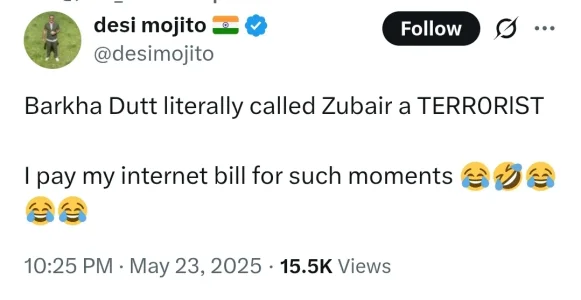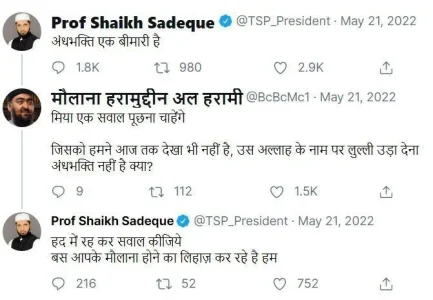Some 30 boys, in their late teens, who called each other 'Comrade', took off to join the Naxal Revolution and found themselves back of beyond in the wilderness of east India where, to their horror, they discovered the extreme discomfort of having to defecate in fields while constantly looking over their shoulders to ensure a cop was not sneaking up with his finger on the trigger of his 303 rifle.
To be shot in the back, as most Naxals who were killed by the police were, was considered a 'Red Badge of Honour'. There was no such honour if you were shot in the back while defecating in the open.
They also discovered that drawing water from a well to bathe and wash their clothes -- of which they hadn't a clue -- required considerable physical effort. Most of them were down with dysentery within days of joining the Revolution; others wrote pitiful letters home, begging their well-connected parents to rescue them.
Among them was a wide-eyed, stick-thin nerdy student with milk bottle glasses. He sent a post card home, telling his parents, naturally upper-crust, naturally old money, naturally owners of a large Kolkata mansion with character -- gently shabby, with shuttered windows and mildewed walls, enveloped in the slightly sour odor of rising damp, much like the house in Mr Basu's post -- not to look for him as he was now one with the proletariat. If they wished to have a glimpse of him, they could come watch him and his comrades welcoming the People's Liberation Army at Brigade Parade Ground.
Enter the admittedly notorious Calcutta Police officer Runu Guha Neogi who had an impeccable, though impeachable, reputation of tracking down Naxals, a reputation that was carved in stone when he hunted down Charu Mazumdar (who died a mysterious death in custody).
Runu Guha Neogi had built his fear-inducing reputation mostly on the basis of information gathered by doing unspeakable things to young Naxals who couldn't run fast enough when the police raided their homes.
Somewhere near St Xavier's College was an old Calcutta mansion, also like the one you see in Mr Basu's post, where information was extracted from these petrified revolutionaries who would start squealing on their comrades at the sight of the plier with which, they were told, their fingernails were to be pulled out.
The postcard our young revolutionary from St Stephen's had written to his parents was intercepted by the Postal Department censors (yes, they existed and were gifted with the art of steaming open envelopes and inland letters) and it landed on Runu Guha Neogi's desk.
The notorious tormentor of Naxals is said to have burst into uncontrollable laughter at the naivete of our young Stephanian Comrade. Casual inquiry revealed the social and other connections of his parents. The lad was told to get back to college immediately if he valued his hide, which he did.
This story ends with the young Naxal from St Stephen's putting off Revolution for another day, and on completion of his graduate studies, setting sail for America where he was to train in capitalist free market economics. Much later, he was to become a part of the state which he had once sworn to destroy, indistinguishable from the 'class enemy' against whom he had set forth to wage war.
Every revolution, as we know, devours its own -- either literally or metaphorically.
(This apocryphal story was told to me by Arvind Narain, the ever so dazzling intellectual who could bat with both hands.)








